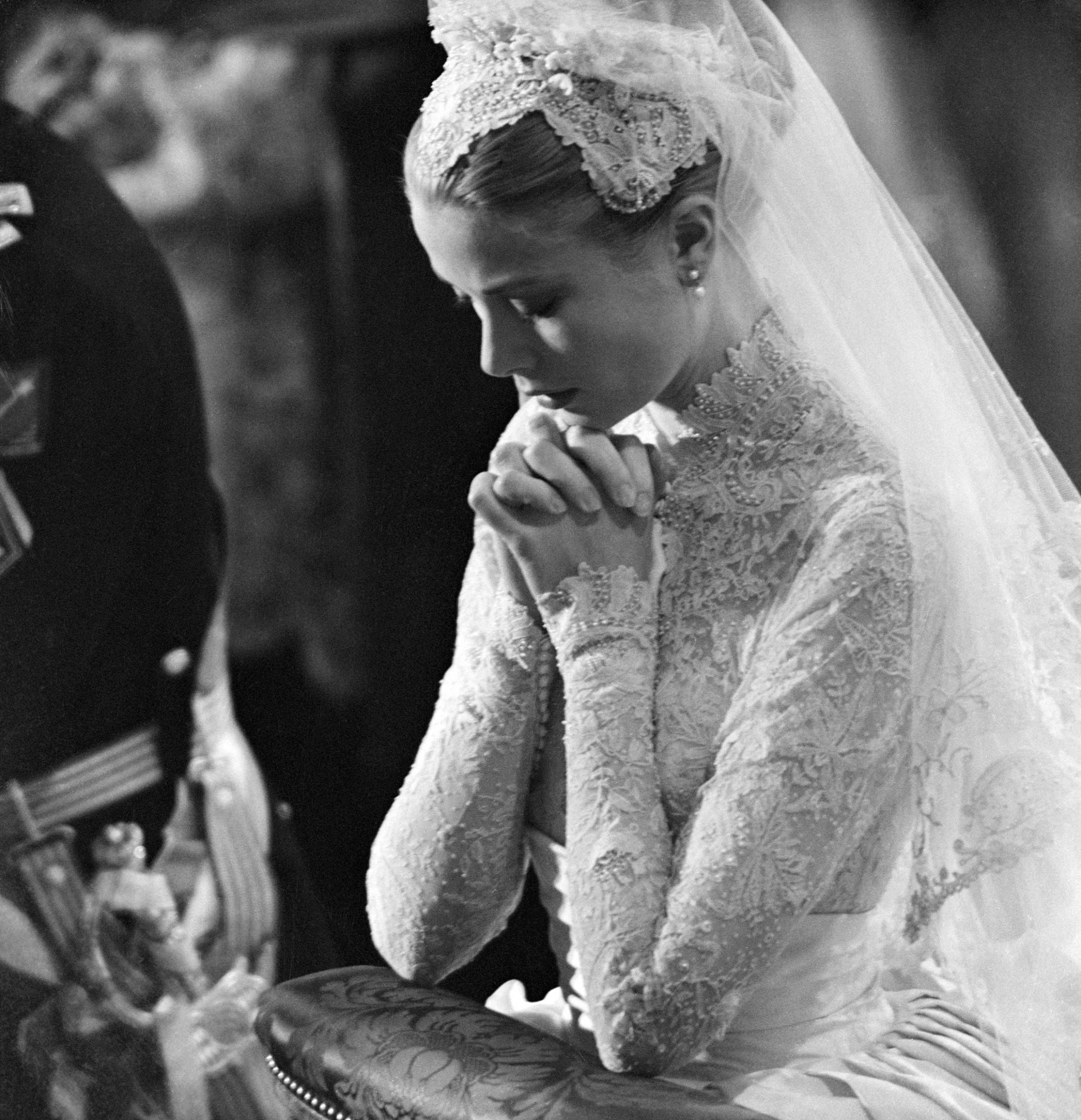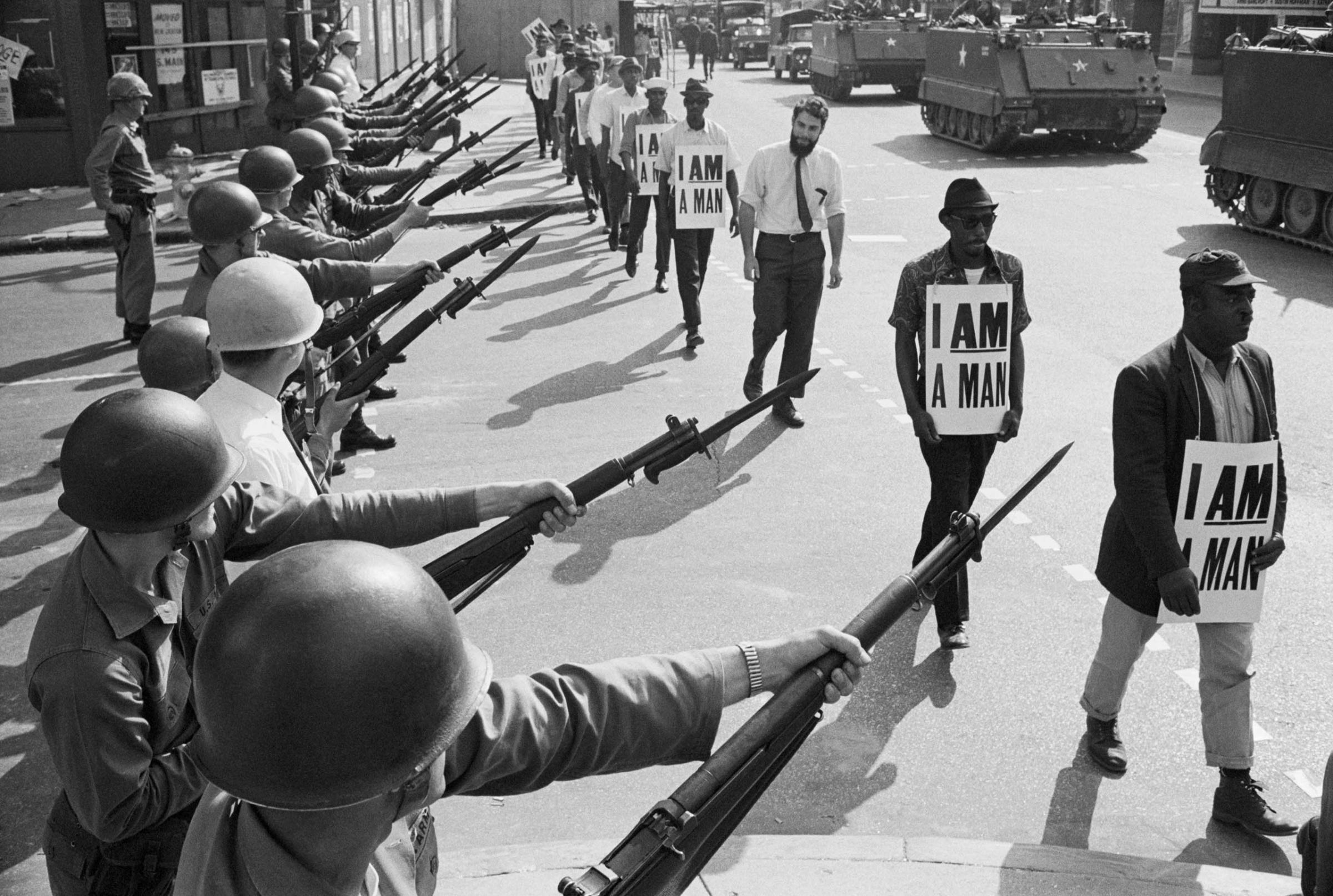
The photographs show injured men and women being carried away by fellow demonstrators. They show civilians running for cover as tanks appear in the background. And, in the most famous example, they show one man, carrying a couple of shopping bags, defying a line of tanks. The images were created in June of 1989 when, following six weeks of peaceful protests, the Chinese army advanced on Tiananmen Square, determined to crush a dissenting opposition led by students and intellectuals. Those photographs would haunt the Chinese government for years, and the “Tank Man” photo remains one of the most influential images of all time.
Now, decades later, these historic photographs are the subject of a very different kind of a controversy, after the licensing agency Corbis sold its stock of images and videos to Visual China Group (VCG), a licensing company based in Beijing. Observers have expressed fears that the new ownership deal would mean the photographs would suddenly become much less widely available. But, say insiders, those fears are overblown.
First of all, most of the Tiananmen Square photographs represented by Corbis are not affected by the deal. Though they had been distributed by the company, they are owned by Reuters and Associated Press. As a result, they will not fall under VCG’s control, despite what has been widely reported elsewhere. “Reuters and AP may or may not choose to continue to be partner with VCG going forward,” says Craig Peters, a vice president at Getty Images, which will now distribute Corbis’ collections outside of China. “Those are decisions that are not controlled by VCG or by Getty Images. Those are controlled by the copyright owners.”
Reuters declined to discuss its partnership with Corbis, while AP did not return TIME’s request for comment. VCG didn’t return TIME’s requests for comment either.
That said, some 1989 Tiananmen photos are included in the deal. For example, VCG will represent a trove of photographs shot in Tiananmen Square by photographer Jacques Langevin, whose work is part of archives that were previously acquired by Corbis. Last year, Corbis asked Langevin to sign a new contract that would have transferred ownership of his photographs to the Seattle-based company, which previously belonged to Bill Gates. Langevin tells TIME that he refused. “Corbis digitized some of my photographs and has a right to sell them, but I’m the rightful owner of these images and I can take them off the archives whenever I want,” he said in a phone interview.
Langevin, however, seems unworried about the new distribution structure. Though he says he doesn’t expect to see the Tiananmen photographs distributed in a country where any mention of the 1989 protests is censored, he says, “these photographs will not disappear.”
Getty Images echoes that confidence, with “every expectation that Visual China Group will continue to distribute this content consistent with how it has been distributed under Bill Gates’ ownership and Corbis management,” according to the company’s Peters. “We have zero expectation that there’s going to be any change along those lines.”
See Iconic Images From Corbis' Archives









Peters adds that VCG will have “zero control over any of our editorial discretion with respect to this content or any other content that Getty Images produces or represents.”
But that doesn’t mean that all of Corbis’ content will be available via Getty Images. Rather, Getty will cherry-pick the best images and videos to distribute. “I don’t want to be on record saying that we’re going to bring every piece of content over,” Peters says, “because that is in fact not true.”
Olivier Laurent is the editor of TIME LightBox. Follow him on Twitter and Instagram @olivierclaurent.
More Must-Reads From TIME
- The 100 Most Influential People of 2024
- Coco Gauff Is Playing for Herself Now
- Scenes From Pro-Palestinian Encampments Across U.S. Universities
- 6 Compliments That Land Every Time
- If You're Dating Right Now , You're Brave: Column
- The AI That Could Heal a Divided Internet
- Fallout Is a Brilliant Model for the Future of Video Game Adaptations
- Want Weekly Recs on What to Watch, Read, and More? Sign Up for Worth Your Time
Contact us at letters@time.com